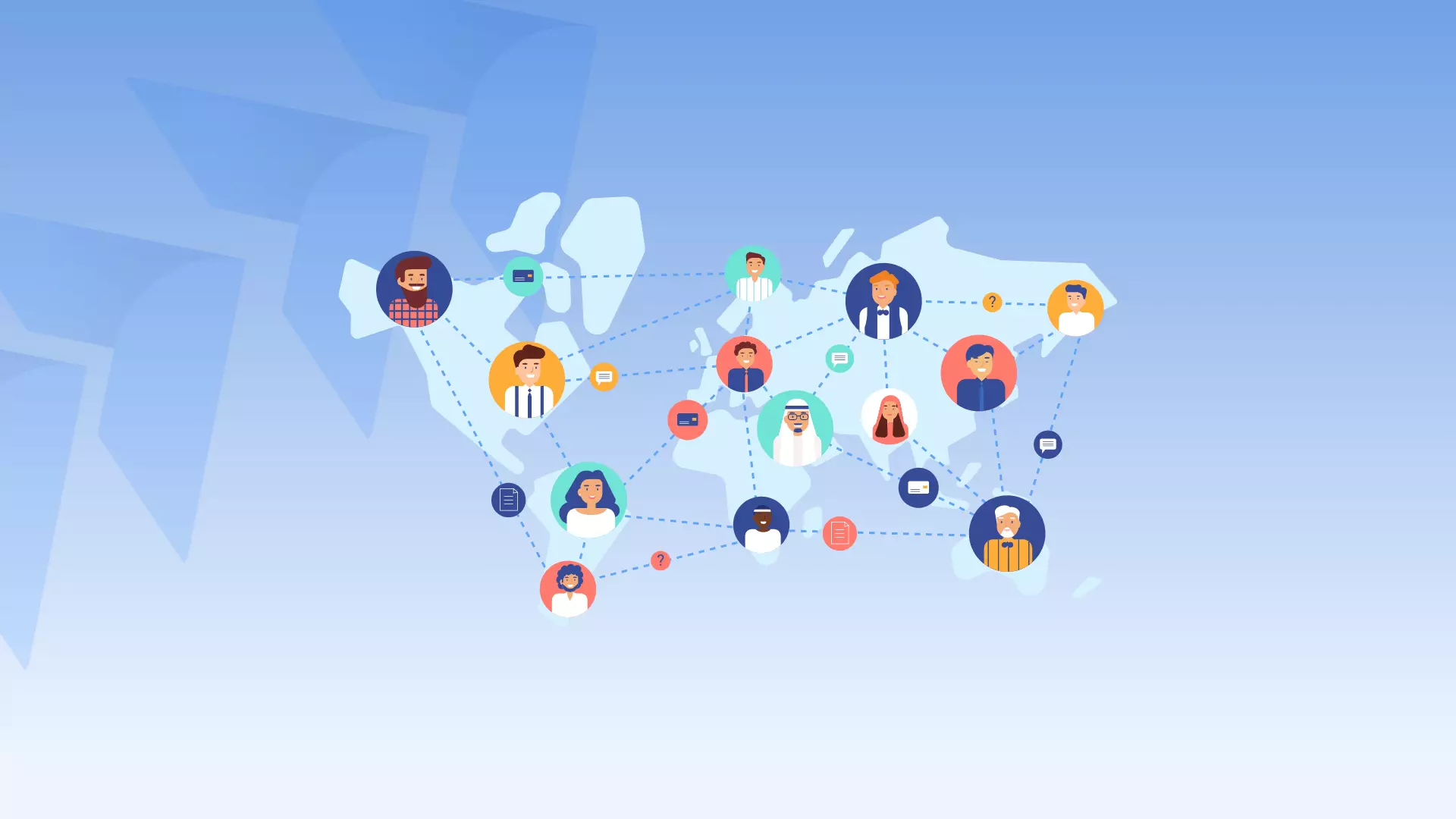Arrival of Drupal 8 is most exciting thing that happened last year. I’m sure if you, like us, are Drupal fans then you must have been a part of Drupal 8 journey with overwhelming experience of all the big changes.
Some history first on Drupal 4.7 / 5 / 6: Version 4.7 started with core features initially. Gradually with each version from Drupal 4.7 to 5 and from Drupal 5 to Drupal 6, there was an improvement in terms of Quick & easy configuration, Multilingual support, Features such as CCK in core installation, etc.
The Current version of Drupal is easier and more powerful than all the previous versions. It’s easier to use, more flexible and more scalable. It also has improved database support, automated code testing and flexible content along with better theming.
Among the things that make Drupal great is the power it puts into the hands of non-developers to do awesome and amazing things on the web.
You may be justified in thinking that if Drupal is already so great then what new ground Drupal 8 has covered? Read on for some answers.
Future / Big Changes in Drupal 8:
Drupal 7 has some limitations like the lack in Entity API and a lack of separation between logic and presentation in the theme layer among others.
Drupal 8 sets a new standard for ease of use, while offering countless new ways to tailor and deploy your content to the Web. You should be able to easily customize data structures, listings, and pages, and take advantage of new capabilities for displaying data on mobile devices, building APIs, and adapting to multilingual needs.
Drupal 8 introduced several new features as well:
• Core: Symfony for a framework: This is the biggest change in Drupal. Symfony 2 is a powerful, pluggable, and robust PHP framework, which utilizes the object-oriented architecture of PHP 5.3 for effectiveness. Symfony is very feature rich, object-oriented and based on the MVC-architecture – the principles that Drupal has been aspiring for.
Drupal developers will have to be less concerned with writing the basic functionality, which will now be handled by Symfony.
• Theming: The theming engine will be Twig: Twig replaces Drupal’s previous PHP framework, making for a more secure, faster, and more flexible template engine. Automatic output escaping and sandboxing features are built-in to the system to make your theme safer.
• Mobile Support (Responsive): The Drupal Mobile Initiative has been very active. In Drupal 8, all built-in themes are responsive, and even administration pages are a snap to use on mobile devices. It’s clear that that the web is moving towards mobile with giant strides. With Drupal 8 will now be working with mobile devices out of the box, and will play better with creating functionality and presentation for mobile platforms.
• Views, Out of the box: Views is now built into the core CMS and it is deeply integrated. The front page listing is now a view, as are several administration pages. It means you can now easily customize the front page, listing blocks, and more. It also means you can simply create custom admin pages, customize filters and actions.
• Authoring & Media: No less a personage than Dries Buytaert held that till D7, Content authoring was one of the weakest point for Drupal. The Sparc project was written to try & overcome that. Spark is a powerful tool that brings content authoring to a new level with inline AJAX editing of pages. There is also enhancement for the content management admin interface as well.
• Internationalization – Multilingual Capabilities: Language support has consistently been beefed up with each new Drupal release.
Drupal 8 core speaks any language and no need to install any additional modules for internationalization. With Drupal 8 you can:
– Translate anything in the system with built-in user interfaces.
– Build pages with Views language filtering and block visibility.
– Get software translation updates automatically from the Drupal community.
• Configuration Management: In Drupal 8, configuration is moved to CMI, and unique ids (UUIDs) are assigned to content items. That will allow migrating or moving content from server to server without having to reconfigure the settings of fields and content types and will provide unique identification of content items. It even lets you use version control for configuration. With Drupal 8 you can keep configuration data in files, separate from production data in the database.
• Built-in Web Services: Drupal 8 implements state-of-the-art Hypertext Application Language (HAL). Drupal 8 allow to expose content as JSON or XML, authenticate a client with HTTP authentication, and expose views-generated lists as services. With Drupal 8 you can do more, possibilities are endless.
• Data Migration: Drupal 8 includes content import tools to enable you to import contents from Drupal 6 or Drupal 7 sites into the new version.
Some Other Features of Drupal 8:
• Field Power
• Better markup with HTML 5
• Modern PHP concepts & standards
• ObjectOriented Programming
• Uses several best libraries like Composer, PHPUnit, Guzzle, Zend Feed Component, Assetic, Backbone and others.
With more than 200 new features and improvements, the world’s leading open source web content management platform will win you over!












